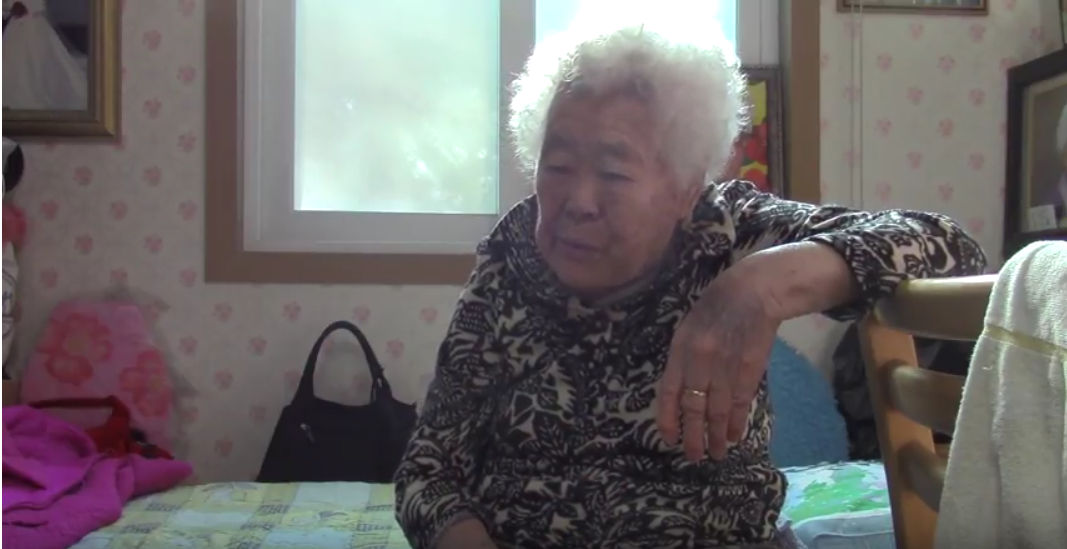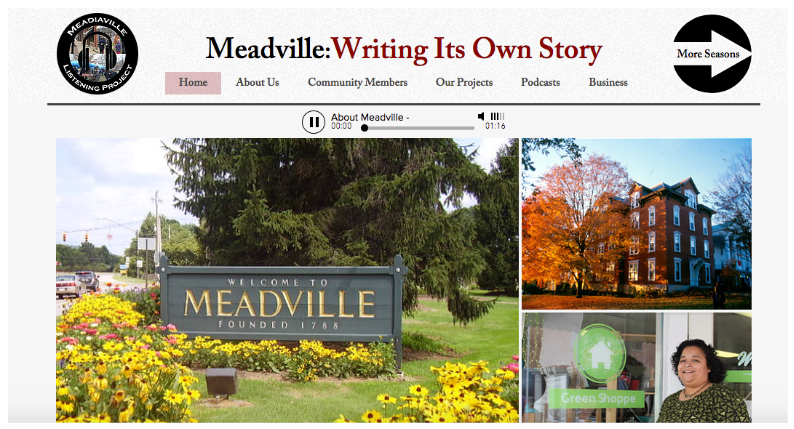I teach Japanese, sociolinguistics, and anime/manga at Kalamazoo College. My interest in oral history originated from the sociolinguistic dissertation project I was working on at Boston University in the first decade of the twenty-first century.
Until Japan’s defeat in World War II, Japanese newspapers used imperial honorifics — special polite language — in covering the Japanese emperor and his family. But a drastic simplification of these imperial honorifics took place in the early phase of the Allied Occupation. What do people think of this change in high honorifics during the twentieth century? This was my research question.
Those who remember this drastic change in language use were born in 1934 or earlier, and obviously this population is diminishing rapidly. When I asked questions about the change of wartime language use, the interviewees often digressed to their own previously unheard war memories, including incidents regarding their fear of the emperor. To hear such extraordinary stories from ordinary-looking people was a great surprise.
For example, interviewee Shigeo Kasuya, born and raised in Taiwan, was an engineer who helped build the Supung Dam in an area that would become part of North Korea. The Supung Dam was one of the largest dams in the world, and is still used in North Korea today. Kasuya was forced to remain in Korea for an extra year after the war ended; he returned to Japan in the midst of terrible hardship. Yasuko Akimoto, then a girls’ school student in Kobe, walked up the center of the stairs in a ceremony at Minatogawa Shrine without knowing that the center was reserved for the emperor only. This seemingly innocent “mistake” caused an uproar at school. In those days the application of lese majeste, grave crimes against the imperial family members, was getting more and more stretched. Although she was not indicted, fear of being indicted haunted her even after Japan’s defeat in 1945. It was only in 1946 when the emperor renounced his divinity that she felt relief. I felt compelled to record these people’s precious memories for future generations.

Figure 1: Supung Dam under Construction in 1942. Source: Japanese book “Showa History: History of Japanese colony” published by Mainichi Newspapers Company. 毎日新聞社「昭和史 別巻1-日本植民地史」より

Figure 2: Minatogawa Shrine Note: Minatogawa Shrine was burned down in 1945. This photo is from the shrine recontructed in the postwar period.
Returning to the topic of my path to OHLA, the recording method available to me as a graduate student was limited to taking notes or using a cassette tape recorder. It was only after arriving at Kalamazoo College in 2009 that training and equipment for videotaping became accessible to me.
Even so, trials and errors continued as to how to incorporate this newfound passion into my teaching and research. Most K College students taking Japanese studied abroad in Japan in their junior year. There was a time when I told these students to find people who were born in 1934 or earlier and videotape their interviews during their study abroad. But, with only one exception, all students came back empty-handed, saying that they had never had a chance to talk with elder people in Japan. I tried to make pairs of K students and Japanese students, but that did not work, either. I began to recruit interviewees on my own and take my students to our video interviews during the summer. Still, technical problems with iMovie and Final Cut Pro X continued, and interview videos piled up unanalyzed.
The GLCA was a godsend. They connected me to like-minded colleagues throughout GLCA campuses and gave me opportunities to take my project to the next level. Now with the help of my students taking Japanese and international students from Japan, the interview videos are getting transcribed in Japanese, translated into English, and published with the Oral History Metadata Synchronizer. Explorations of pedagogical applications of OHMS are also underway. Collaborative learning between Kalamazoo College’s advanced Japanese class and a modern Japanese history class at Albion College, another GLCA school in Michigan, began in 2015. The Japanese language students sent their translated documents to the Albion students. They used their translations in deepening their understanding of Japan’s history. After that, we held a forum to explore the significance of learning about foreign war memories in twenty-first century Michigan. We used the translated English documents of our interviews last year, but I very much look forward to using videos with bilingual OHMS for this project in 2017.
Interviewees’ family members such as their children and students who are involved with this project are important because these younger generations will convey their war memories to the future generations. I would like to make this an inter-generational and intercultural project by recording these younger generations’ words.
I am deeply grateful for the release of bilingual OHMS, Mellon Foundation/GLCA’s funding, and increasingly tech-savvy students who can understand both Japanese and English, for helping me encounter amazing opportunities and people, and for the ability to continue this project.







